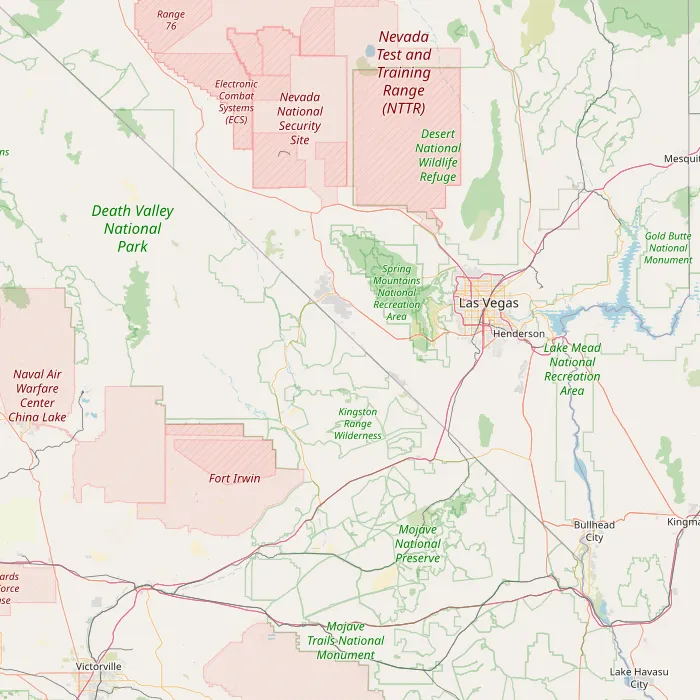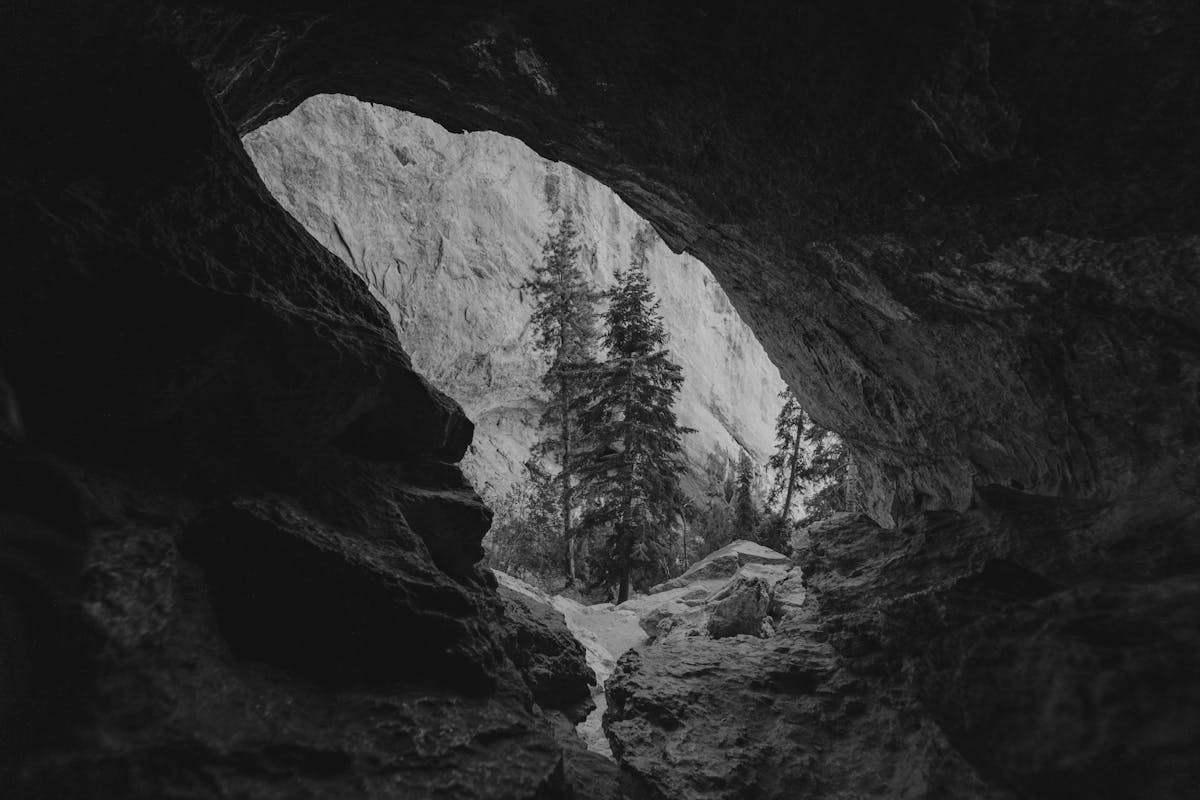Welcome, fellow explorers, to Pahrump, Nevada – a unique corner of the Mojave Desert that offers more than meets the eye. Nestled in the aptly named Pahrump Valley, this town is a gateway to stunning natural landscapes, intriguing history, and a pace of life that feels distinctly Nevadan. But before you pack your bags and hit the road, there’s one crucial element you need to understand: the temperature in Pahrump Nevada.
As your guide who thrives on experiencing destinations through their climate, knowing the mercury’s moods here is key to unlocking the best possible visit. Unlike coastal cities or mountain towns, Pahrump’s desert climate dictates everything from what you’ll pack to the very activities you can comfortably enjoy. Let’s dive into what shapes the temperature here and how to make the most of your trip, no matter the season.
Understanding the Climate: What Shapes the Temperature in Pahrump Nevada?
Pahrump’s location in the high desert significantly influences its climate patterns. Situated in a valley between mountain ranges, it experiences a semi-arid to arid climate characterized by hot summers, mild winters, and low humidity year-round. The distinct lack of large bodies of water nearby and its elevation contribute to wide temperature swings between day and night, a hallmark of desert environments. While official climate data provides the statistical averages, experiencing the actual temperature in Pahrump Nevada day-to-day feels like living the data – the intense sun, the dry air, and the dramatic cooling after sunset are palpable. Understanding these underlying factors is the first step in planning your adventure.
 Map illustrating weather data points and geographic influences around Pahrump, Nevada affecting local temperature.
Map illustrating weather data points and geographic influences around Pahrump, Nevada affecting local temperature.
Reliable data sources, often derived from nearby weather stations and sophisticated atmospheric models, help us paint a clear picture of historical temperature patterns. These models account for factors like elevation differences and regional climate variations, offering a statistically sound basis for understanding what temperatures to generally expect throughout the year. While specific daily weather is, of course, variable, these historical patterns provide invaluable insights for travelers.
Seasonal Breakdown: Experiencing the Temperature in Pahrump Nevada Through the Year
The temperature in Pahrump Nevada undergoes significant shifts throughout the year, offering vastly different experiences depending on when you visit.
Top 15+ Ideas for Unforgettable Family Fun Los Angeles
Discover the Best Backpacking in Michigan – Unforgettable Trails & Adventures
Discover the Best Time to Visit Denver – A Seasonal Guide 2025
Summer (June – August): The Heat is On
Summer in Pahrump is defined by intense heat. Daytime high temperatures frequently soar into the triple digits Fahrenheit (38°C+), often peaking in July and August. Nights offer some relief, cooling down considerably compared to the daytime highs, but can still remain warm. The sun is powerful, and the dry air can be deceptively draining.

- Experience: This is the season for water activities (if available), indoor attractions, very early morning or late evening outdoor excursions. Midday heat is best spent indoors, perhaps exploring local shops, casinos, or museums if any are open and accessible.
- Activities Impacted: Hiking or extensive outdoor exploration during the peak heat is strongly discouraged due to the risk of heatstroke and dehydration. Golf is best played at sunrise.
Fall (September – November): Pleasant Transition
As September arrives, the intense summer heat gradually begins to relent. Fall is arguably one of the most pleasant times to experience the temperature in Pahrump Nevada. Daytime temperatures become much more comfortable, often ranging from the 70s to 90s Fahrenheit (20s to low 30s °C) in September and cooling further into the 60s and 70s Fahrenheit (low to mid 20s °C) by November. Nights become crisp and cool.
- Experience: Ideal weather for exploring the outdoors, hitting the golf course, visiting nearby attractions like wineries or natural areas. The transition is palpable and invigorating after the long summer.
- Activities Impacted: This is prime time for outdoor activities. Hiking, biking, exploring Death Valley (which is just a short drive away and also becomes more accessible in fall), and enjoying Pahrump’s local offerings are all fantastic during this season.
Winter (December – February): Mild and Sometimes Chilly
Winter brings the coolest temperatures to Pahrump. Daytime highs are typically mild, often in the 50s and 60s Fahrenheit (10-20°C). However, nighttime temperatures can drop significantly, frequently falling below freezing (0°C). While snowfall is rare in the valley floor, frost is common on clear mornings. The air is dry and can feel quite cold when the sun isn’t directly overhead.
- Experience: Cooler, crisp days perfect for exploring without the heat stress. Nights require warm layers. It offers a different perspective on the desert landscape.
- Activities Impacted: Outdoor activities are generally comfortable during the day. Golf is still popular. Exploring nearby higher elevations might encounter colder conditions or even snow, but Pahrump itself remains relatively mild.
Spring (March – May): Bloom and Warmth
Spring is another excellent time to visit Pahrump as temperatures rise from their winter lows, moving towards comfortable warmth and eventually the heat of summer. March sees highs in the 60s and 70s Fahrenheit (15-25°C), quickly warming up through April and May into the 80s and 90s Fahrenheit (late 20s to mid 30s °C). Nights are cool but less cold than in winter. This season can sometimes bring wildflowers to the surrounding desert areas, depending on winter rainfall.
- Experience: A beautiful time as the desert awakens. The temperatures are generally very pleasant for being outdoors, particularly in March and April.
- Activities Impacted: Excellent for all outdoor activities. Hiking, exploring nature reserves, golfing, and visiting local attractions are all popular. It’s a great window before the intense summer heat sets in.
Planning Your Visit: Best Time to Navigate the Temperature in Pahrump Nevada
Based on the seasonal temperature patterns, the best times to visit Pahrump Nevada for most visitors interested in outdoor activities are during the fall (September to November) and spring (March to May). These seasons offer the most comfortable daytime temperatures for exploration, hiking, golfing, and enjoying the natural beauty of the Pahrump Valley and its surroundings, including day trips to Death Valley National Park which is notoriously hot outside of these periods.

If your visit is focused on indoor activities or you are simply passing through, summer is manageable, but be prepared for extreme heat outdoors. Winter is pleasant for daytime excursions, but pack layers for chilly mornings and evenings.
Packing Tips Based on the Temperature in Pahrump Nevada
Your packing list will be heavily dictated by the temperature in Pahrump Nevada during your visit:
- Summer: Lightweight, breathable clothing (cotton, linen). Wide-brimmed hats, sunglasses, high SPF sunscreen are essential. Hydration is key – bring a reusable water bottle or hydration pack and electrolytes. Sandals or open-toe shoes are fine for casual wear, but closed shoes are better for any walking.
- Fall/Spring: Layers are your best friend. Bring t-shirts, long-sleeved shirts, a light jacket or fleece, and perhaps a slightly warmer jacket for evenings. Comfortable walking shoes are a must. Sun protection is still important.
- Winter: Warm layers are crucial, especially for evenings and mornings. Bring sweaters, jackets, long pants, and possibly a hat and gloves if you are sensitive to cold, particularly if temperatures drop below freezing. Comfortable walking shoes are always recommended.
No matter the season, always check the specific weather forecast closer to your travel dates, as desert weather can sometimes be unpredictable.
Beyond the Thermometer: Activities Influenced by Temperature
The temperature in Pahrump Nevada doesn’t just affect comfort; it shapes the very rhythm of life and available activities.
- Golf: Pahrump is known for its golf courses. These are most enjoyable in the milder fall, winter, and spring months. Summer golf requires very early tee times.
- Wineries: Pahrump has a burgeoning wine scene. Visits to local wineries can be enjoyed year-round, offering a comfortable, often indoor, activity regardless of outside temperature. However, picnicking outdoors at a winery is best in milder weather.
- Outdoor Exploration: Proximity to areas like Death Valley National Park, Red Rock Canyon, and the Spring Mountains means Pahrump serves as a base camp for desert and mountain adventures. The feasibility and comfort of exploring these areas are heavily tied to the temperature. Fall and spring are ideal for Death Valley; summer is extremely dangerous. The Spring Mountains offer cooler temperatures at higher elevations, providing a summer escape from Pahrump’s heat, but require checking conditions (snow in winter).
- Local Events: Some local events or festivals might be scheduled to avoid the most extreme summer heat, often taking place in the spring or fall.
Understanding the temperature is truly understanding how to live with the environment in Pahrump. It’s about respecting the power of the desert sun in summer and appreciating the crisp, clear air in cooler months.
Frequently Asked Questions About the Temperature in Pahrump Nevada
- Is Pahrump always hot? No, Pahrump experiences distinct seasons. While summers are very hot, fall and spring are pleasant, and winters are mild during the day with cold nights.
- Does it snow in Pahrump? Snowfall is rare on the valley floor in Pahrump itself, but frost is common in winter. Nearby mountain areas like Mount Charleston in the Spring Mountains do receive significant snow.
- What is the average temperature in Pahrump Nevada? Temperatures vary greatly by season. Average highs range from the mid-50s F (10-13°C) in winter to over 100°F (38°C) in summer. Average lows range from near freezing (0-2°C) in winter to the low 70s F (21-23°C) in summer.
- How dry is Pahrump? Pahrump is very dry, with low humidity year-round, typical of an arid desert climate.
In conclusion, exploring Pahrump, Nevada, and its captivating surroundings is a rewarding experience that connects you with the raw beauty of the desert landscape. By taking the time to understand the ebb and flow of the temperature in Pahrump Nevada throughout the year, you can strategically plan your visit, pack appropriately, and align your activities with the climate to ensure a comfortable, safe, and truly unforgettable journey. Whether you seek the warmth of spring, the heat of summer (managed wisely!), the perfect conditions of fall, or the mild chill of winter, Pahrump offers a desert experience waiting to be discovered.
